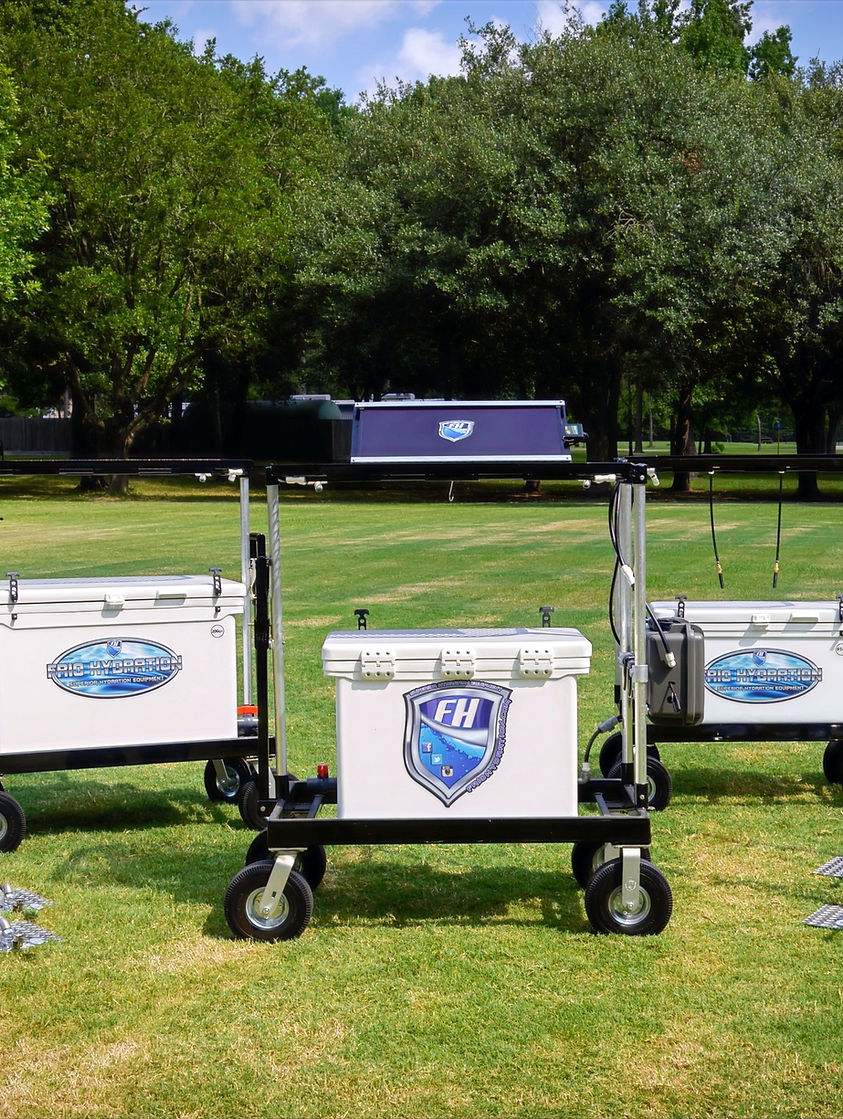Podcast: Play in new window | Download
Dr. Dominic Maneen shares insights on OMT in sports medicine, covering his AT to DO transition and OMT applications for common conditions.

Q: How did you transition from an Athletic Trainer (ATC) to a Doctor of Osteopathic Medicine (DO)?
A: I transitioned to practicing sports medicine without surgery, as that field didn't align with my interests. I explored osteopathic medicine, identifying the core difference between DOs and MDs as a dedicated course in osteopathic principles. I maintained my athletic training certification to foster understanding and collaboration with ATCs, and a second course focusing on the musculoskeletal system further ignited my passion. During medical school, I also pursued an MBA, gaining insights into medical billing.
Q: Can you describe your athletic training (AT) experience at HBU?
A: I completed my undergraduate studies at UT, then worked as an ATC for baseball and softball at HBU. I entered the profession serendipitously, drawn by the phrase “sports medicine.” It required rapid maturation, as I assumed an adult role despite being only slightly older than the athletes. I collaborated with Richy Valdez and several GAs, and student athletic trainers were indispensable since it was impossible to simultaneously oversee both baseball and softball. I recall an incident involving twin softball players: one sister not playing, the other on deck, with an accidental practice swing hitting the sister, necessitating a golf cart ride to the adjacent facility.
Q: Why is low back pain a significant health concern, and how is it related to depression and lifestyle?
A: Low back pain is the second most common reason people visit the doctor, with depression being the first. Patients typically present with symptoms that indirectly lead to a depression diagnosis, rather than overtly stating “depression.” A sedentary lifestyle is often termed “the new smoking” in medicine, leading to tight, unused muscles. Hands-on manipulation therapy can be beneficial, and simple exercises like push-ups can improve posture by strengthening the neck muscles that support the head. Many individuals struggle with core muscle activation; focusing on proper technique and guiding them to engage their core will lead to increased strength over time.
Q: How do you address flat feet in patients?
A: Patients often present with concurrent back and knee pain. Structural analysis can reveal the cause, leading to recommendations for inserts or corrective devices for arch support, rather than immediate surgical intervention. Subsequent efforts focus on improving knee mechanics to alleviate symptoms.
Q: What is your approach to concussion management?
A: Myofascial release may sometimes require trigger point injections. However, most concussion cases can be effectively managed with muscle energy techniques. In older patients, some form of osteopathic manipulation may be necessary.
Q: What are the key anatomy considerations for the neck?
A: It is crucial to understand that the neck's complexity extends beyond superficial muscles like the scalenes and deltoids; smaller, deeper muscles also play a significant role in neck function.
Q: What are your tips for the Athletic Training Room?
A: Prioritize hands-on manipulation therapy and muscle energy techniques with athletes, rather than solely relying on stationary bikes or treadmills for warm-up.
Sponsor List
Frio Hydration – Superior Hydration products.
Xothrm – Best heating pad available – Use “SMB” or email info@xothrm.com and mention the Sports Medicine Broadcast.
Donate and get some swag (like Patreon but for the school)
HOIST – No matter your reason for dehydration, DRINK HOIST
MedBridge Education – Use “TheSMB” to save some money, be entered in a drawing for a second year free, and support the podcast.
Marc Pro – Use “THESMB” to recover better.
Athletic Dry Needling – Save up to $100 when registering through our link.

